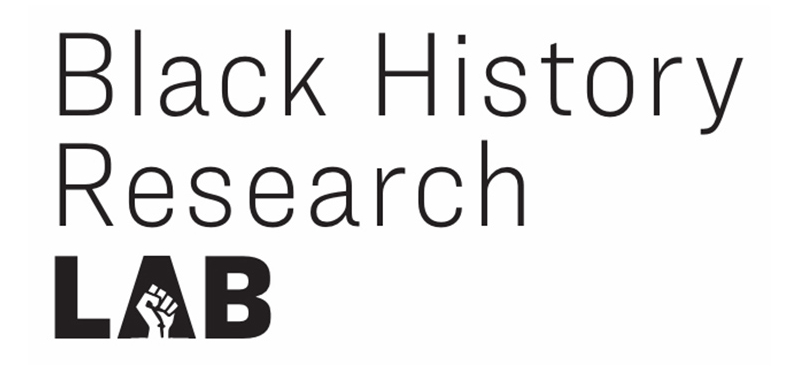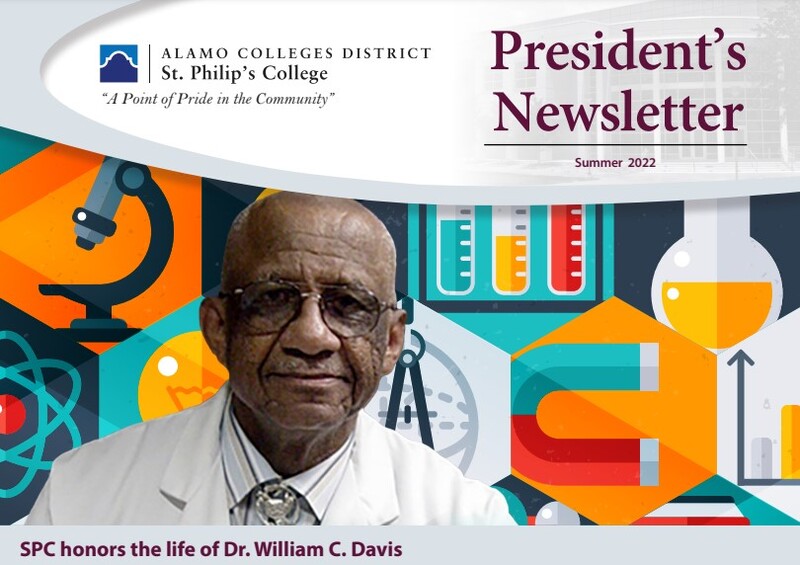William Conan Davis
by Brody Gasper
There have been many successful graduates from the University of Idaho over the years, many of whom have had significant impacts on those around them. One such notable student was Dr. William Conan Davis, who came to the University of Idaho looking to earn his Ph.D. degree. He was born in Way Cross, Georgia, to Kince Charles and Laura Jane Davis on August 22, 1926.1 He would grow up in Valdosta, Georgia, attending and later graduating from Dasher High School in 1950.2 The Davis family was quite successful during their time in the towns of Cogdell, Homerville, Waycross, and Valdosta, with Dr. Davis’ father (who was a self-taught herbalist and entrepreneur) built a railroad, built three churches, manufactured and distributed his own patented medicines, opened a pharmacy with an ice cream parlor and a telephone, and a Health Maintenance Organization (HMO) for blacks. From there, Dr. Davis moved to New York and began attending the City College of New York in 1950, though he soon enrolled in the United States Army during his second year as a Second Lieutenant.
As a reservist in the Army, Davis went on to earn a Bachelor of Science in Chemistry and a minor in Mathematics from Talladega College of Alabama in 1956, and a Master of Science in Organic Chemistry from the Tuskegee Institute of Alabama in 1958. Dr. Davis was involved in several extracurricular activities, the most notable being his George Washington Carver Fellowship (at the Tuskegee Institute from 1956-1958), his enrollment in the National Honor Society, and his involvement in the Omega Psi Phi Fraternity.3 In 1959, after several years of service, Dr. Davis was honorably discharged from the Army, after having earned a Purple Heart in 1953 during his Korean War service.
With his Master’s degree in hand, Dr. Davis followed the “Go West Young Man” trail to Washington State University in Pullman, Washington in 1959. He worked as a junior chemist and a laboratory technician until 1962, during which he was able to become a research-track graduate student at the University of Idaho. He would do a lot of his major beginning research at the University of Idaho, eventually publishing his thesis titled A Study of Sloughing in the Potato Tuber, a study in which he created the early version of instant potatoes.4 Dr. Davis would graduate with his Ph.D. in Biochemistry and a minor in Organic Chemistry, which was something very uncommon at the time for a Black man to earn and very difficult, proving how much of a talented individual he was. This also made him the first Black man to earn his Ph.D. at the University, a noticeable milestone in U of I’s Black history during a time when most of its Black history was getting started.
After receiving his Ph.D., Dr. Davis began to explore human health, focusing on hay fever antigens and radioimmunoassay techniques, which eventually saw him becoming the director of the United Medical Laboratories in Portland, Oregon for almost 15 years.5 He even helped to establish a free medical clinic in the Albina neighborhood of Portland (1972-1980) which he eventually helped to relocate to San Antonio Texas. In 1979, he became a research associate in Molecular Pharmacology at the University of Texas Health Science Center, remaining there until 1982. In 1983 he began his long career at St. Philip’s College in San Antonio, Texas, working as a chemistry professor. In 1996 began serving as the department chair of Natural Sciences at St. Philip’s College until 2007, closely followed by his retirement in 2009. When he retired, the college named him professor emeritus and he awarded the college a $20,000 endowment for scholarships focused on (STEM) science, technology, engineering, and mathematics students. In honor of Dr. Davis, the Philip’s College science building was renamed the William C. Davis Science Building.
Dr. William Conan Davis’ story is one of great achievement, with so much being accomplished in his life. Dr. Davis not only was able to earn his Ph.D. at a time when a Black man couldn’t pursue higher education, he also had over 20 publications, was a part of several nationally recognized professional societies, and had obtained several grants for his research projects. His research saw him create instant mashed potatoes, soft-serve ice cream, and industrial glue and helped him standardize medical tests for insulin and growth hormones. Working with Dr. Lanier Byrd, a St. Philip’s College coworker, he mutually studied the characteristics of drinking water and co-created the formula for Dasani brand water. Dr. Davis was an integral part of the University of Idaho’s Black history for the time, as well as for history in the US, in both the Black and science histories. Dr. William Davis died on March 16, 2022, and was buried at Fort Sam Houston Cemetery in San Antonio, Texas.
Notes
-
Lankford, Randy. “An Alabama Chemist Whips an Idaho Potato.” Here we have Idaho: From Slide Rules to Micro-Tools - 100 Years of Idaho Engineering, 2007. ↩
-
“SPC: Dr. William Conan Davis: Alamo Colleges.” SPC: Dr. William Conan Davis Alamo Colleges. Accessed March 29, 2023. https://www.alamo.edu/spc/about-spc/our-college/history/dr-william-conan-davis/. ↩
-
“SPC Honors the Life of Dr. William C. Davis.” Alamo Colleges District St. Philips College - President’s Newsletter, 2022 ↩
-
Stewart, Eric R. “Love of Inquiry, Commitment to Service - The Remarkable Career Path of William Davis .” in Chemistry 17, no. 2 (2007) ↩
-
“William C. Davis Obituary (1926 - 2022) - San Antonio, TX - San Antonio Express-News.” Legacy.com. Accessed March 29, 2023. https://www.legacy.com/us/obituaries/sanantonio/name/william-c-davis-obituary?id=34172102. ↩

